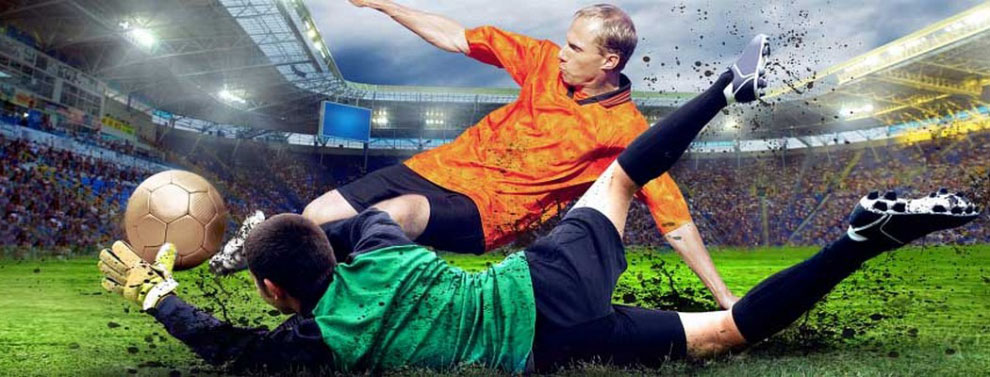Q: As a teen, I had a hip condition called FAI. My parents took me to a surgeon who operated but I still have chronic pain and stiffness every day of my life. I don't remember what the surgeon did to help me back then but I'm wondering if there's some other procedure I could have now that might work better. What can you tell me?
A: Femoroacetabular impingement (FAI) occurs in the hip joint. Impingement refers to some portion of the soft tissue around the hip socket getting pinched or compressed. Femoroacetabular tells us the impingement is occurring where the femur (thigh bone) meets the acetabulum (hip socket). There are several different types of impingement. They differ slightly depending on what gets pinched and where the impingement occurs.
In some cases, conservative (nonoperative) care with antiinflammatories and physical therapy are all that are needed. A physical therapist will carry out an examination of joint motion; hip, trunk, and knee muscle strength; posture; alignment; and gait/movement analysis (looking at walking/movement patterns). A plan of care is designed for each patient based on his or her individual factors and characteristics.
Nonoperative care starts with activity modification (e.g., avoiding pivoting on the involved leg when there is a labral tear, avoiding prolonged periods of inactivity or activity). This part of the program must be followed for at least six months (often longer).
Improving biomechanical function of the hip involves strengthening appropriate muscles, restoring normal neuromuscular control, and addressing any postural issues. Tight muscles around the hip can contribute to pinching between the femoral head and acetabulum in certain positions. A program of flexibility and stretching exercises won’t change the bony abnormalities present but can help lengthen the muscles and reduce contact and subsequent impingement.
For other patients, surgery may be advised. Early diagnosis and surgical correction may be able to restore normal hip motion.The goals of surgery are to return the patient to full, normal activities without pain and to prevent (or at least slow down) hip osteoarthritis.
Studies show a good-to-excellent short- to mid-term result for the surgical treatment of FAI. Long-term outcomes are currently being studied. The fact that you are having ongoing pain and stiffness (and probably loss of hip motion) suggests further medical follow-up would be a good idea now.
There could be something very simple that needs attention. For example, the same type of physical therapy program mentioned might be all that's needed to turn your situation around. If there is a labral tear, surgery can be done arthroscopically to repair the damage. The surgeon trims the acetabular rim and then reattaches the torn labrum. This procedure is called labral refixation.
For all patients, the surgeon tries to save the hip. But when there is extensive damage to the cartilage, hip resurfacing or total joint replacement may be needed. There are many factors to consider when making this decision. Your age, findings on imaging studies, type and severity of deformity, and the presence of arthritic changes are important.
Reference: Florian D. Naal, MD, et al. Midterm Results of Surgical Hip Dislocation for the Treatment of Femoroacetabular Impingement. In The American Journal of Sports Medicine. July 2012. Vol. 40. No. 7. Pp. 1501-1510.
Northern Rehab provides services for physical therapy in Mount Airy.




